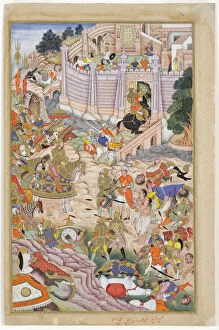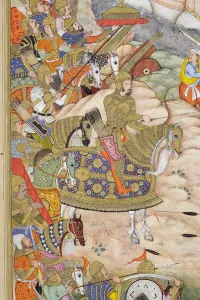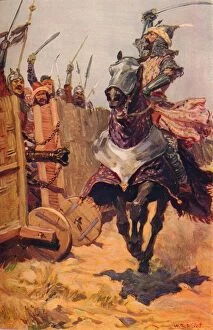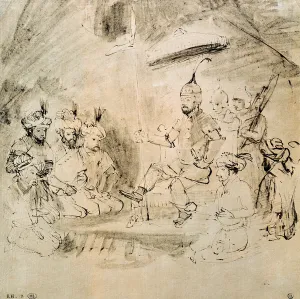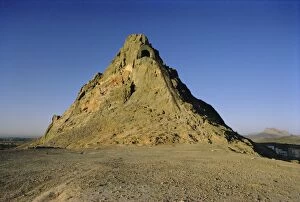Babur Collection
"Babur: Conqueror, Emperor, and Patron of the Arts" Step into the vibrant world of Babur, the legendary founder of the Mughal Empire
All Professionally Made to Order for Quick Shipping
"Babur: Conqueror, Emperor, and Patron of the Arts" Step into the vibrant world of Babur, the legendary founder of the Mughal Empire. Through exquisite artworks such as "Babur's troops take the fortress at Kabul" and "Emperor Babur with Attendants in a Garden, " we catch glimpses of his remarkable life. In one scene, we witness Babur's troops valiantly storming the fortress at Kabul. The intricate details painted with opaque watercolors and gold on paper transport us to that moment in history when victory was within reach. Another captivating image shows Kichik Beg wounded during Babur's attack on Qalat. This poignant depiction from a copy of the Baburnama reveals not only the brutality of war but also highlights individual sacrifices made for their leader. As an emperor known for his refined taste, we see him receiving a courtier in another detached folio from his dispersed copy of Baburnama. Dressed elegantly and surrounded by opulent architecture, he exudes power and authority while maintaining an air of grace. The First Battle of Panipat is immortalized in a miniature painting from Baburnama. Created by an anonymous artist around 1592, this artwork captures the intensity and chaos that unfolded during this historic clash between rival forces. Babur's love for nature is evident in "Three Trees of India, " where he showcases his deep appreciation for India's diverse flora. The late 16th-century folio beautifully illustrates three majestic trees against a backdrop filled with lush greenery—a testament to his connection with both land and culture. In yet another mesmerizing scene, we find ourselves transported to Sultan Ibrahim Lodhi's palace as Babur entertains guests. This detached folio portrays grandeur through its rich colors and intricate detailing—an insight into how art played an essential role in imperial gatherings. Finally, we glimpse Emperor Babur receiving a visitor in a folio from Baburnama.




